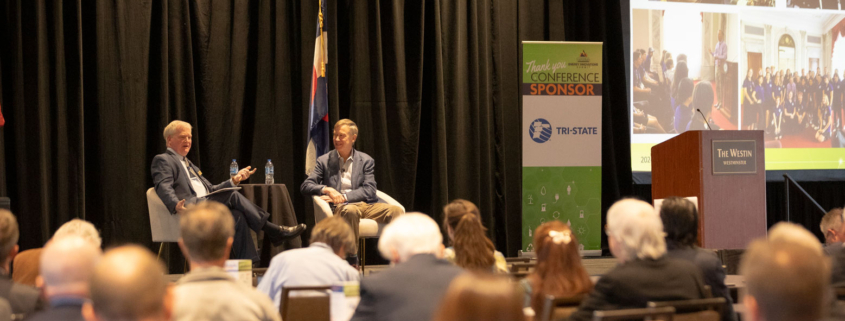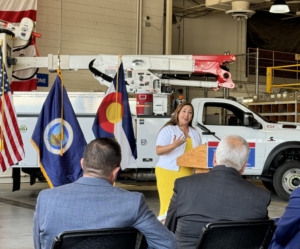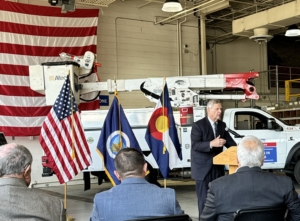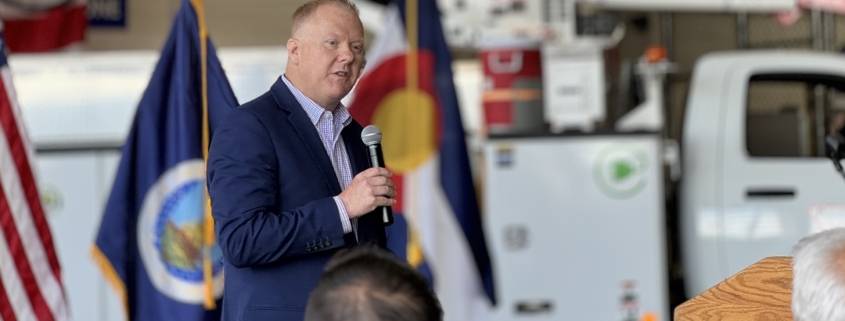NRECA Legislative Conference Recap
In last month’s Colorado Country Life, CREA’s Director of Government Relations, Taylor Ward, provided a recap of the association’s successful work during the recently completed session of the Colorado General Assembly.
While most of our political advocacy work for electric co-ops is done in Colorado, CREA also works with the National Rural Electric Cooperative Association to promote the interests of electric co-ops in Washington, D.C. We work with the offices of Colorado’s two United States senators and eight representatives to protect and promote the electric co-op business model on a national level.
As part of our federal advocacy, each year CREA supports and organizes Colorado’s electric co-op participation in NRECA’s annual Legislative Conference in Washington. This conference brings together over 2,000 electric co-op directors and staff from across the country to meet with members of Congress and address co-op concerns and issues.
At this year’s gathering, approximately 50 representatives of Colorado’s electric co-ops joined the CREA team in meetings with our Congressional delegation. We were fortunate this year that Congress was in session the week we were in D.C., so we were able to meet with both of our senators as well as five of our eight members of Congress. We also met with terrific staff members from the other three offices when the representatives had scheduling conflicts.
We focused on five main issues in our meetings in D.C. First, we thanked the members for their support of recent federal laws that provide funding to co-ops to complete projects that will improve the reliability and resiliency of rural electric systems. Second, we asked the members to continue to support co-op investments in wildfire mitigation projects, grid hardening, and cybersecurity improvements. Third, we asked the Colorado delegation to continue to support federal legislation that will provide a better opportunity for co-ops to remove hazardous trees and reduce the threat of wildfires. The Fix Our Forests Act expands the width of electric utility rights of way on federal lands and expedites the permitting process for co-ops to clear vegetation from around power lines. Fourth, we reminded our representatives of the importance of hydropower in our energy mix and asked that they support adequate staffing for the Western Area Power Administration. Fifth, we asked the members to continue to support the Federal Emergency Management Administration and its work with co-ops in the aftermath of natural disasters.
The Colorado congressional delegation has a wide range of viewpoints on energy policy and other matters. However, we believe that the mission of Colorado’s not-for-profit, member-owned electric co-ops is one that everyone can get behind.
We’re very grateful to the directors and staff of our member cooperatives who made the trip to Washington, D.C., and we collectively appreciate the work our delegation does on behalf of the state and Colorado’s electric co-ops. There is more work to be done on all of these issues, and Colorado’s electric co-ops will continue to partner with our members of Congress in the coming months to help co-ops serve their communities with reliable and affordable power.




 2024
2024 2023
2023 2023
2023